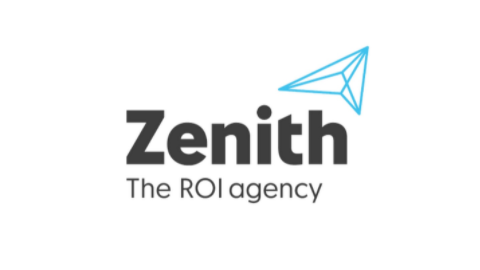55% of Australia’s digital media this year was programmatic, but growth will be hindered by privacy and supply chain concerns
In Australia, 55% of digital media was traded programmatically this year, according to Zenith, which released its programmatic marketing forecast today.
Globally, 69% of media will be programmatic next year, up from 65% this year, according to the forecast, while the amount spent programmatically will surpass US$100bn for the first time this year.


